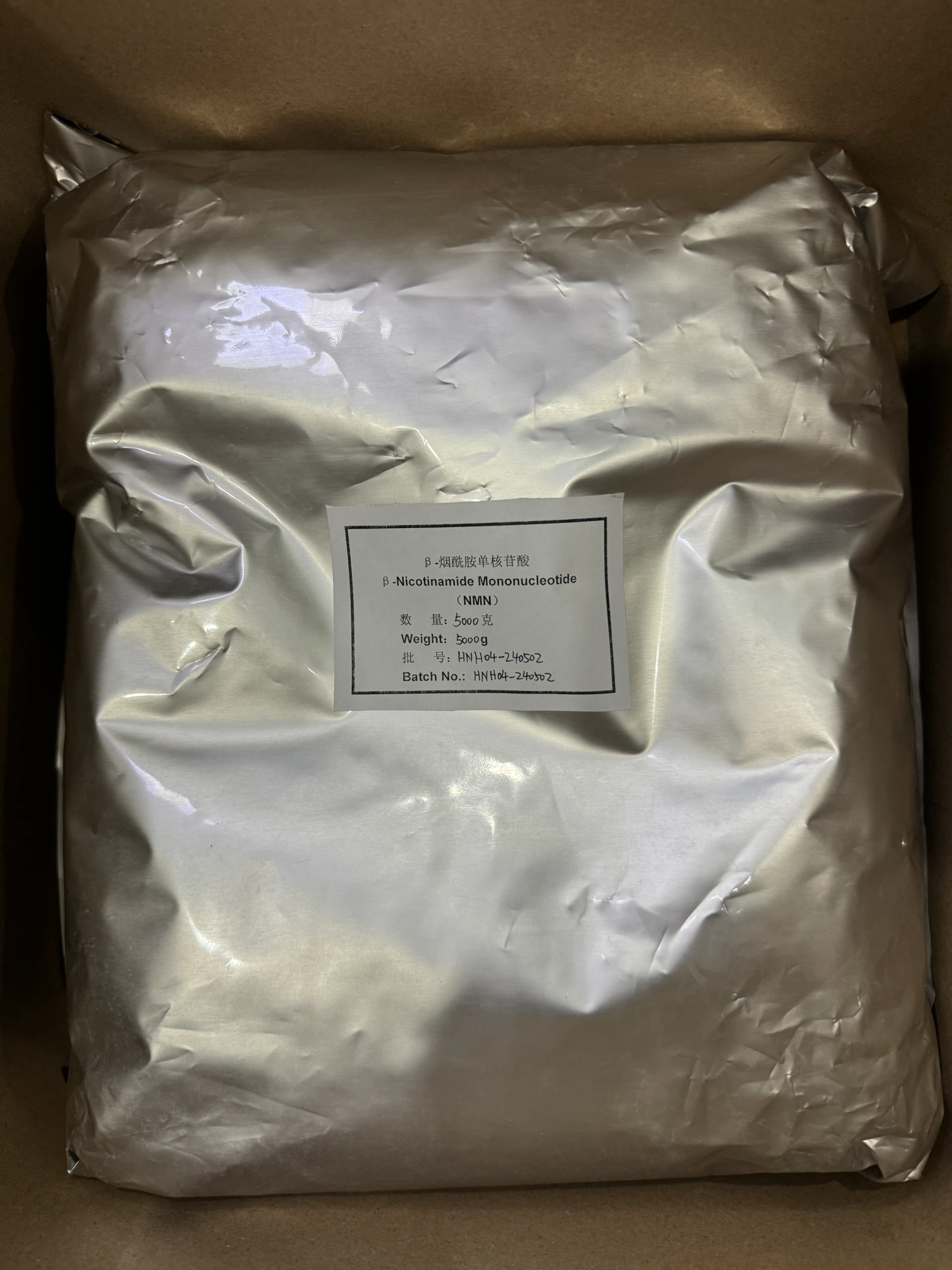The Dynamics of Polyacrylamide Pricing An In-Depth Analysis
Polyacrylamide, a synthetic polymer, is widely used in various industries, including water treatment, oil recovery, paper manufacturing, and mining. Due to its versatile applications and unique properties, the demand for polyacrylamide has been on the rise, influencing its market pricing and availability. Understanding the factors that impact the pricing of polyacrylamide is crucial for stakeholders across numerous sectors.
Supply and Demand Dynamics
At the heart of polyacrylamide pricing is the fundamental economic principle of supply and demand. As industries expand and evolve, the demand for polyacrylamide grows correspondingly. For instance, the water treatment industry has experienced an uptick in demand due to increasing environmental regulations and the need for efficient wastewater treatment solutions. Simultaneously, the oil and gas sector's reliance on polyacrylamide for enhanced oil recovery processes has also contributed to this surge.
On the supply side, polyacrylamide is primarily produced through the polymerization of acrylamide, a chemical derived from petroleum. As the price of crude oil fluctuates, so too does the cost of producing polyacrylamide. Recent volatility in oil prices, driven by geopolitical tensions and changing global demand, has directly impacted the pricing structure of polyacrylamide. Furthermore, disruptions in supply chains, whether due to natural disasters, pandemics, or trade regulations, can lead to supply shortages that exacerbate price increases.
Regional Variations in Pricing
Geographical factors also play a significant role in polyacrylamide pricing. The production costs vary significantly from one region to another, influenced by local economic conditions, labor costs, and the regulatory landscape. For instance, manufacturers in North America and Western Europe, with stringent environmental regulations and higher labor costs, might face higher production expenses compared to manufacturers in regions with looser regulations and cheaper labor, such as parts of Asia.
This geographical disparity can lead to variations in market pricing. Buyers in regions with higher production costs may seek alternatives or negotiate prices, which can set off a chain reaction affecting the overall market dynamics. Additionally, transportation costs associated with exporting polyacrylamide from manufacturing hubs to end-users also factor into the final price.
polyacrylamide price

Technological Innovations
Technological advancements have also contributed to the fluctuation of polyacrylamide prices. Continuous innovations in production techniques have led to more efficient processes, potentially lowering production costs. Companies investing in state-of-the-art technology may be able to offer more competitive pricing, thereby influencing market prices. Furthermore, the advent of bio-based polyacrylamide as a sustainable alternative could reshape market dynamics, depending on how these products are priced in comparison to traditional polyacrylamide.
Market Trends and Predictions
Analyzing current market trends can provide insights into future pricing trajectories for polyacrylamide. As industries increasingly pivot towards sustainable practices, there is a rising demand for eco-friendly alternatives. The shift towards bio-based alternatives may initially command higher prices due to research and development costs. However, as production scales up and technology matures, prices could stabilize or even reduce, affecting the overall market for polyacrylamide.
Moreover, the global emphasis on environmental sustainability may lead to stricter regulations regarding the production and application of polyacrylamide. Compliance with these regulations may necessitate additional expenditures by manufacturers, which could subsequently be passed onto consumers through increased prices.
Conclusion
The pricing of polyacrylamide is influenced by a complex interplay of supply and demand dynamics, regional variations, technological advancements, and market trends. Stakeholders must remain vigilant about these factors to navigate the changing landscape effectively. As the market continues to evolve, understanding these influences will be crucial for businesses involved in the production and utilization of polyacrylamide, ensuring they can adapt and thrive in a competitive environment.

